S&P 500 ETFs: 7 Ways to Play the Index
Trillions of dollars are benchmarked to the ubiquitous S&P 500. These S&P 500 ETFs let you play the index, directly or with a twist.


The universe of exchange-traded funds (ETFs) includes nearly 9,000 products worldwide, ranging from sophisticated and tactical funds to rather vanilla index funds tied to tried-and-true benchmarks.
Among the latter, few are more popular than S&P 500 ETFs.
The Standard & Poor's 500 Index is one of the stock market's most widely followed benchmarks because it's comprehensive, diversified and fairly easy to understand.
The S&P 500 tracks the shares of 500 large, predominantly U.S-domiciled companies that trade on the major American exchanges. That's it.
Of course, it's next to impossible for average investors to perfectly replicate the S&P 500's exposure by purchasing shares in each of the index's 500 firms.
Enter ETFs: simple, cost-effective vehicles that allow investors to "buy the index" with the push of a button. Even Berkshire Hathaway (BRK.B) CEO Warren Buffett believes most investors should just buy and hold an S&P 500 fund.
Buffett bought two such funds for the Berkshire Hathaway equity portfolio in 2019, and he raised the topic up at his company's annual shareholder meeting in 2021, saying, "I recommend the S&P 500 index fund and have for a long, long time."
When a world-class stock-picker tells even well-heeled investors in his own company to stop picking stocks and simply buy and hold the S&P, small investors should take notice and follow this advice.
If you're interested in doing just that, here are seven S&P 500 ETFs to consider.
While some of the funds on this list of the best ETFs provide direct exposure to the major market index, others provide interesting twists that make them mainstays of more active tactical investors and even traders.
Data is as of January 7. Dividend yields represent the trailing 12-month yield, a standard measure for equity funds.
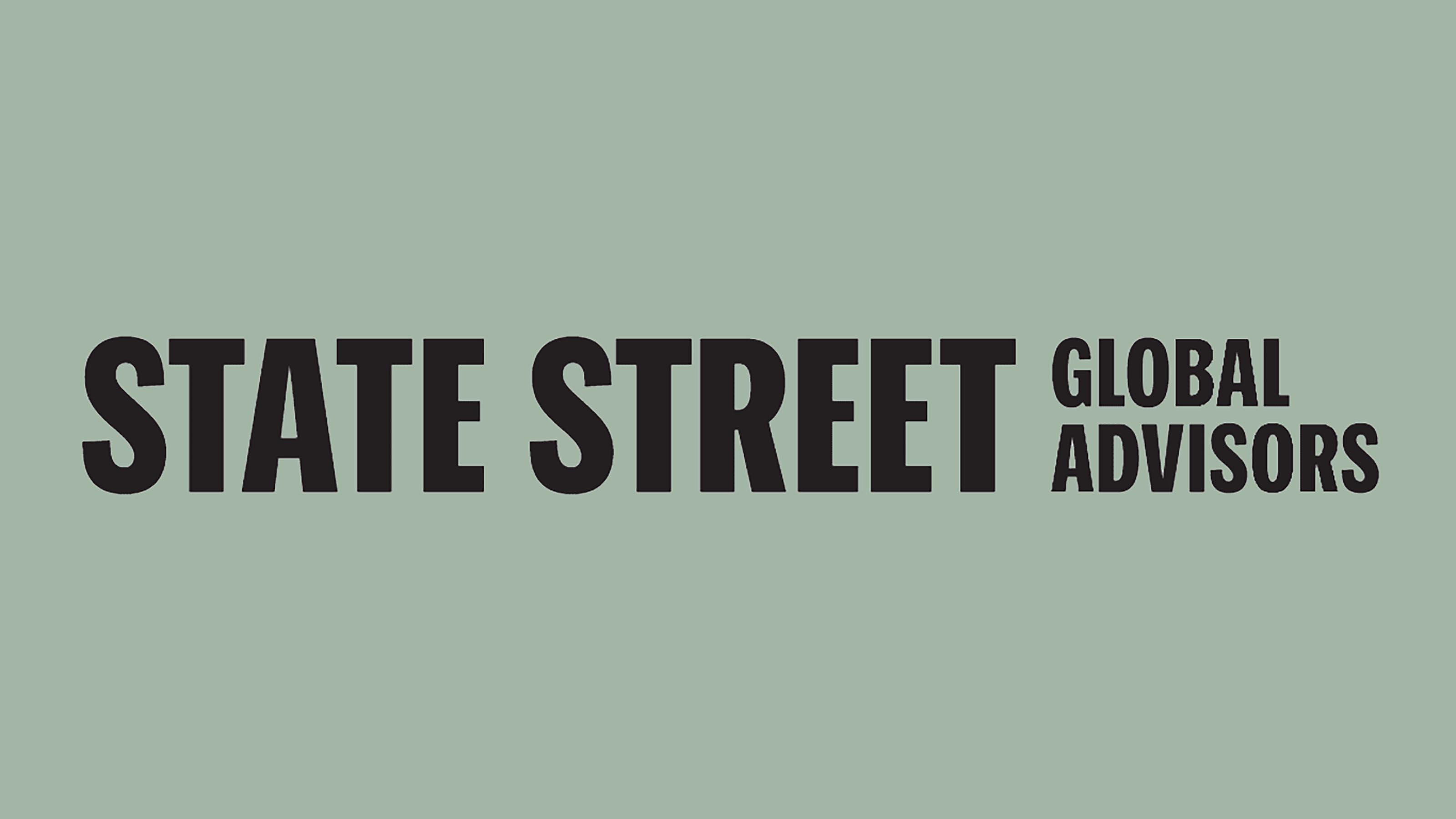
SPDR S&P 500 ETF Trust
- Assets under management: $625.2 billion
- Expenses: 0.095%, or $9.50 annually on every $10,000 invested
- Dividend yield: 1.2%
The SPDR S&P 500 ETF Trust (SPY, $588.63) is not just the biggest S&P 500 ETF. It's the largest exchange-traded fund, period. It's also the first U.S.-listed ETF, launched at the beginning of 1993.
This ETF has more than $625 billion in assets under management (AUM) and has long been the most liquid and popular vehicle to play the U.S. stock market.
Although SPY is quite popular, it's certainly not the lowest-cost ETF that tracks the S&P 500, with a gross expense ratio of 0.095%. That's three times as much as some of the S&P 500 ETFs on this list.
So, why do some investors choose to pay more?
Well, for starters, 0.095% adds up to a mere $9.50 a year on every $10,000 invested, so that's not exactly breaking the bank.
Furthermore, SPY continues to be the go-to vehicle for large institutional traders who are looking to put on big positions.
And in these circles, the liquidity risk that comes with trading a product that doesn't have as much volume is a much bigger concern than a small difference in annual fees.
Of course, if you're not a Wall Street titan, then you have different priorities. In other words, SPY might not be the perfect solution for buy-and-hold investors.
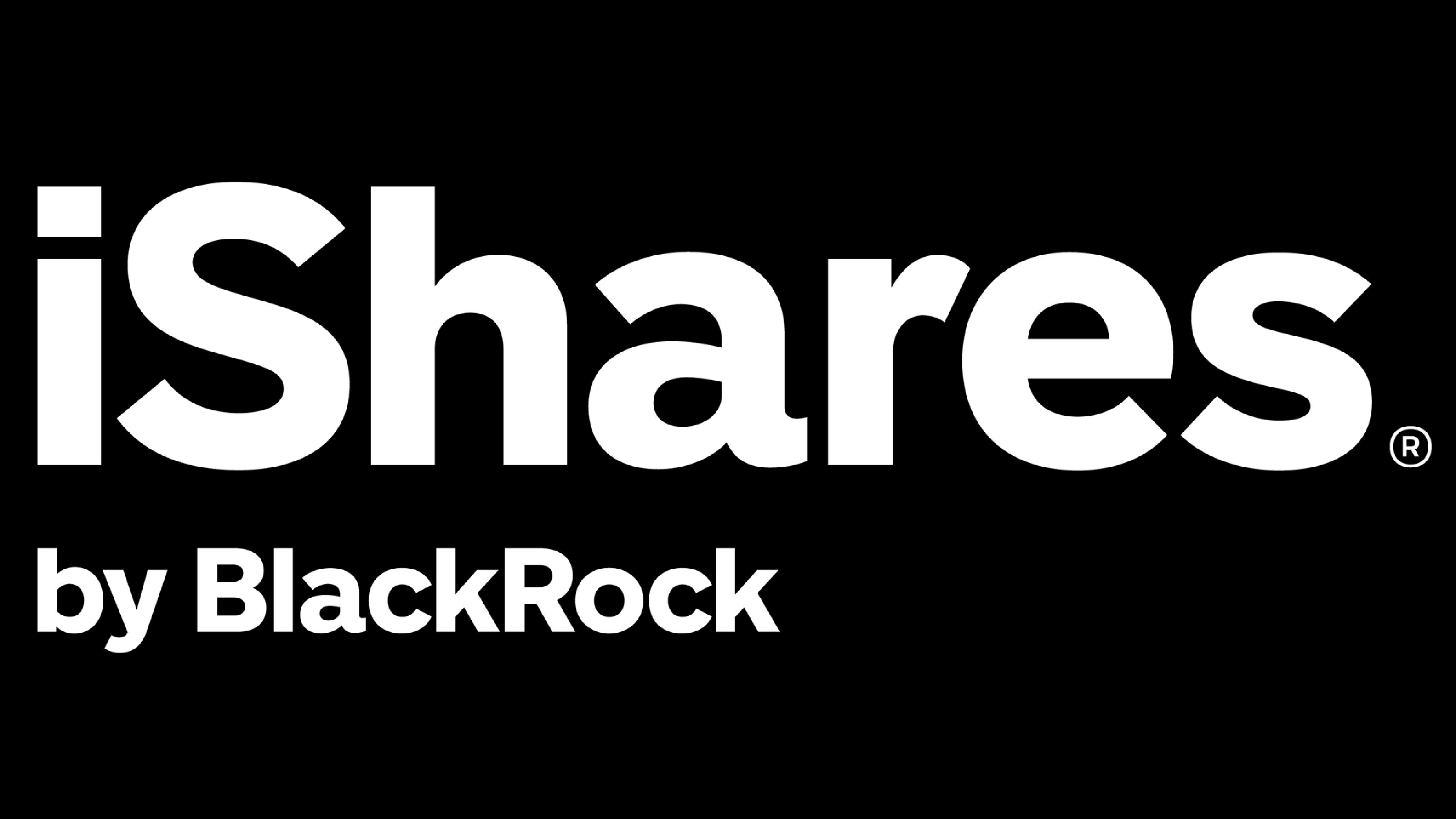
iShares Core S&P 500 ETF
- Assets under management: $588.5 billion
- Expenses: 0.03%
- Dividend yield: 1.3%
The iShares Core S&P 500 ETF (IVV, $591.57) was launched in 2000 by the iShares family of funds run by asset management giant BlackRock (BLK).
Like SPY, IVV is large and liquid, with more than $494 billion in assets under management, and is one of the top ETFs of any flavor.
But it also boasts a bargain-basement 0.03% expense ratio, making it one of Kiplinger's favorite cheap ETFs.
As with its peers, holdings and overall performance are the same. That performance has been stellar since the March 2020 lows, by the way.
On a total return basis (price plus dividends), IVV is up 187% since March 23, 2020, and generated a 26% total return over the past 12 months.
For comparison's sake, the tighter 30-stock portfolio of the Dow Jones Industrial Average has produced a 152% return since the 2020 bottom and is up 15% in the past year.

Invesco S&P 500 Equal Weight ETF
- Assets under management: $72.3 billion
- Expenses: 0.20%
- Dividend yield: 1.5%
While a relatively simple and effective index of domestic stocks, the S&P 500 is not without its drawbacks. Perhaps the most obvious is that it is weighted by market capitalization, meaning the biggest stocks make up the biggest share of the index.
Specifically, roughly 37% of the S&P 500's weight is concentrated in its top 10 holdings.
And since those holdings are predominantly large U.S. tech stocks, you won't be surprised to find that the sector is over-represented: S&P 500 ETFs like SPY allocate more than 32% of their assets to tech stocks at present.
Financials (13.6%), consumer discretionary (11.2%) and healthcare stocks (10.2%) are also well represented. On the other hand, utility stocks, real estate and materials make up fewer than 3% of the index's weight.
Many investors may already have a significant stake in technology companies either through owning individual stocks or other tech-heavy funds. Similarly, some investors might want more exposure to defensive sectors such as consumer staples.
Whatever your needs, if the S&P 500's lopsided constitution isn't for you, consider the Invesco S&P 500 Equal Weight ETF (RSP, $175.61) as an alternative.
The RSP equally weights every stock in the S&P 500 then rebalances every quarter to ensure a fairly equal distribution of weight across all 500 companies it holds.
That means at the start of any given quarter, $3.7 trillion Apple (AAPL) would have the same impact on the fund as $7.4 billion flooring company Mohawk Industries (MHK), which would round out the bottom of traditional S&P 500 ETFs.
This doesn't mean you'll get a perfect sector balance, however. While each stock is equally weighted, the S&P 500 holds different numbers of stocks from different sectors.
At the moment, industrials form the largest sector allocation of RSP — but at just over 15% of assets. Meanwhile, the smallest weightings go to energy (4.6%) and communication services (3.7%).
The Invesco S&P 500 Equal Weight ETF is well established at more than $72 billion in assets. And the RSP has held its own against the broad market in recent years, up 165% on a total-return basis since the March 2020 bottom.
Just note that, at 0.20% in annual expenses, it's pricier than the plain-vanilla S&P 500 ETFs.

SPDR Portfolio S&P 500 ETF
- Assets under management: $54.3 billion
- Expenses: 0.02%
- Dividend yield: 1.3%
In 2019, State Street Global Advisors recognized the difference between institutional traders and smaller "retail" investors.
Acknowledging at the same time some investors' preference for SPY's lower-cost competitors, State Street decided to offer a look-alike S&P 500 fund and converted an existing large-cap ETF into the SPDR Portfolio S&P 500 ETF (SPLG, $69.27).
The big difference — aside from the fact that assets under management total just $54 billion — is that the fee is much less than SPY's at 0.02% annually, or a measly $2 per year on every $10,000 invested.
The holdings are exactly the same and in exactly the same proportion – 503 stocks representing 500 of the largest U.S.-listed companies, which collectively represent about 80% of domestic market capitalization.
Leading positions are just the same, too, which at the moment include Apple (AAPL, 7.3% of assets), Nvidia (NVDA, 6.9%) and Microsoft (MSFT, 6.3%).
The modest savings in fees may add up over years or decades if you're planning on holding this S&P 500 ETF for the very long-term. That could make SPLG more attractive to traditional investors than its larger sister fund.
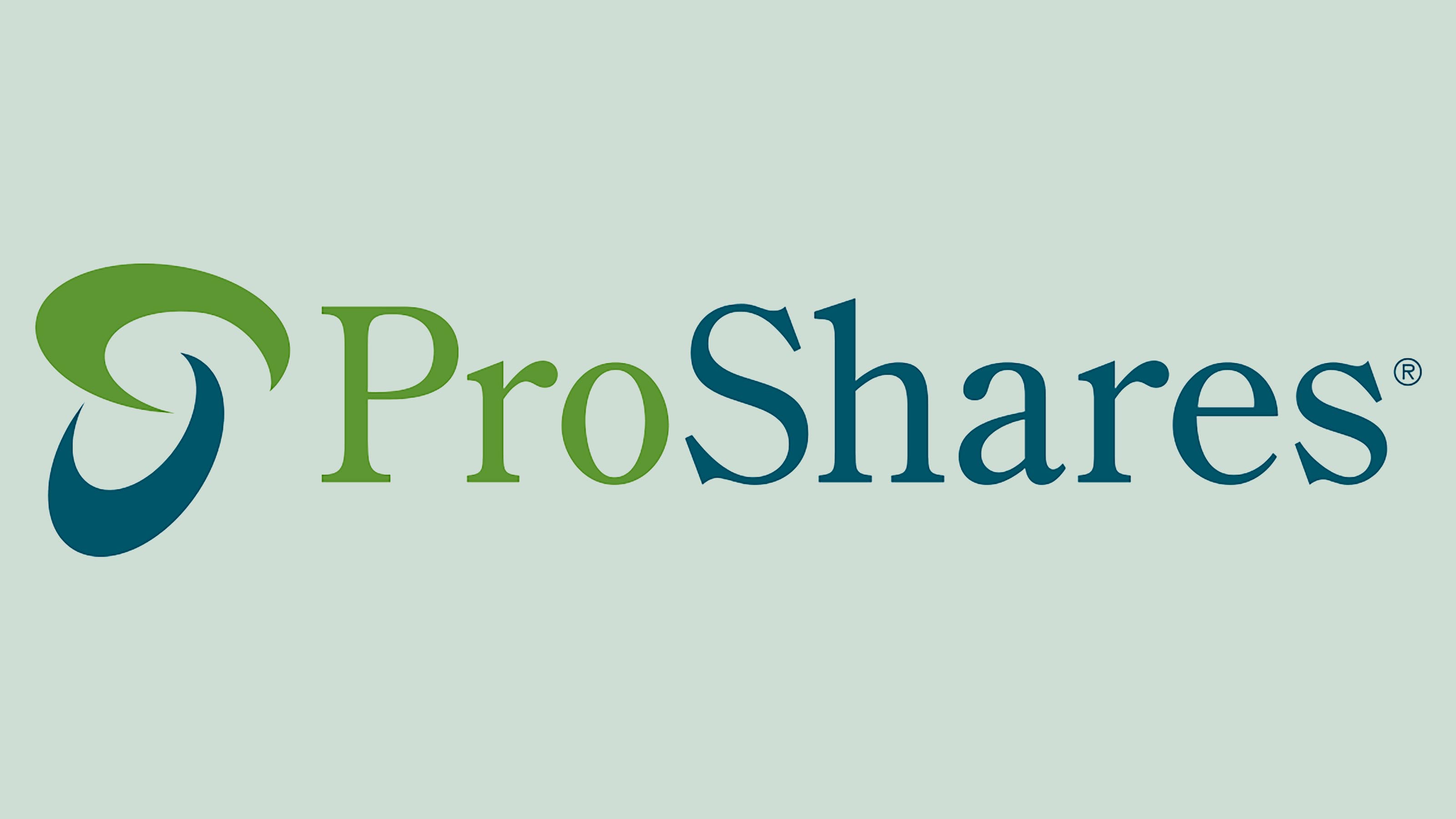
ProShares Short S&P500
- Assets under management: $966.6 million
- Expenses: 0.89%
- Dividend yield: 6.2%
Among the more interesting ways to play the popular stock index is to the downside through a short fund.
The ProShares Short S&P500 (SH, $42.22) seeks to deliver the opposite return (minus fees) of the S&P 500 Index. In other words, if the S&P 500 declines 1% in a day, SH should actually gain 1% and vice versa.
The stock market trends higher over the long term. And given the relatively positive environment for U.S. equities at present, you might think a bearish bet such as ProShares' ETF is quite foolish.
On top of that, the losses you'd incur during a positive run for the S&P 500 would be compounded by SH's significant costs of 0.89% annually.
So who in the world would buy this inverse ETF?
Well, speculators betting against a short-term decline might. Consider that, from March 1 to March 20, 2020, SH surged more than 21% while the S&P 500 fell by roughly the same amount.
It's also important to note that SH has big purposes for institutional or sophisticated traders looking to put on a hedge against declines. For these investors, this short S&P 500 ETF is more of an insurance policy than a profit vehicle.
These factors might not make ProShares Short S&P500 right for everyone. Indeed, most buy-and-hold investors are better off leaving inverse funds alone.
But SH remains an important tool to tactical investors and traders and boasts nearly $1 billion in AUM as a result.
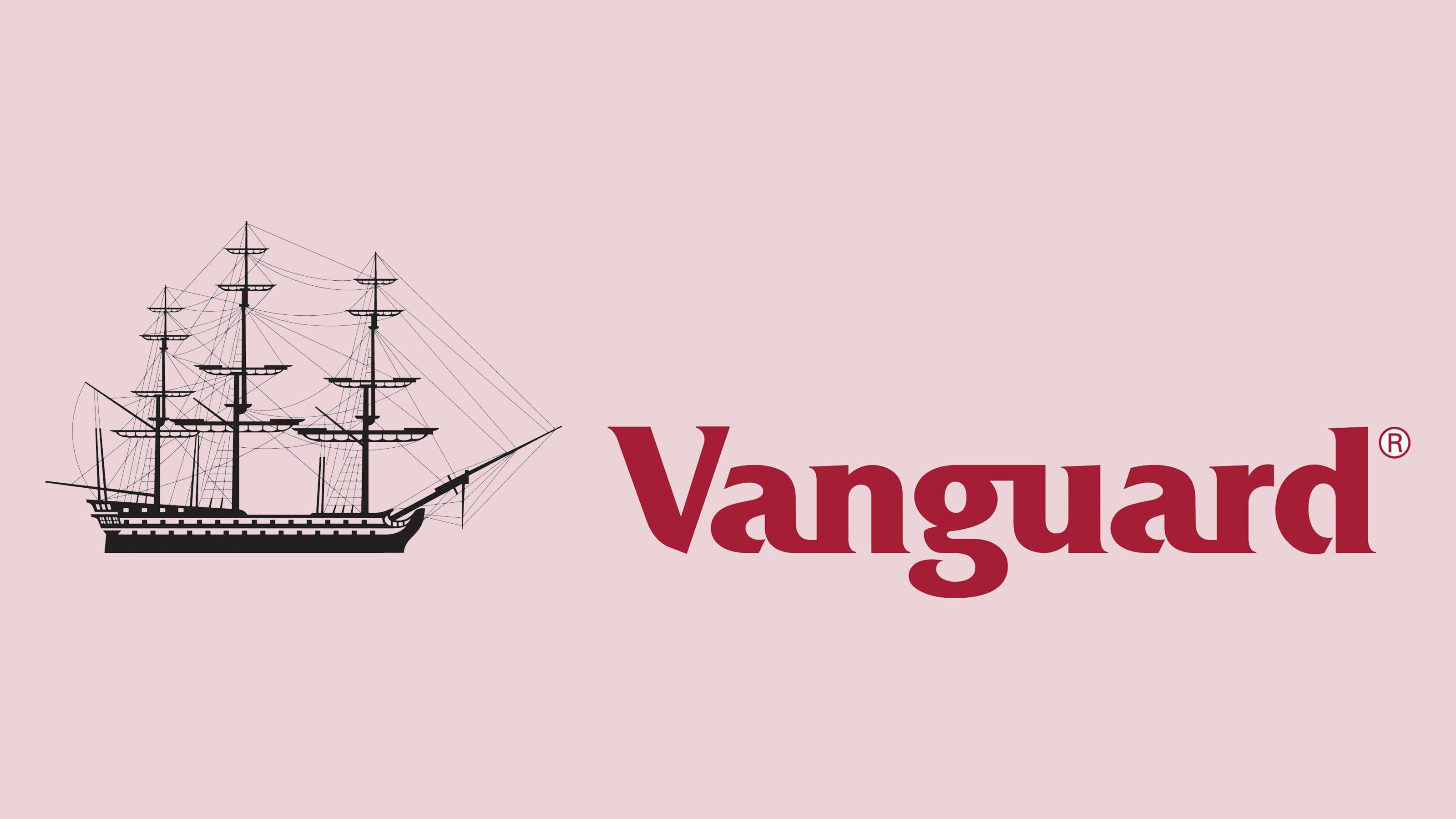
Vanguard S&P 500 ETF
- Assets under management: $592.8 billion
- Expenses: 0.03%
- Dividend yield: 1.2%
We're returning our focus to "vanilla" S&P 500 ETFs with the Vanguard S&P 500 ETF (VOO, $541.41). It's smaller than IVV and SPY at $593 billion in assets, but if you roll in the look-alike Vanguard mutual fund, you get closer to $1.4 trillion in AUM in this specific S&P 500 strategy.
The exchange-traded VOO is relatively young, launching in 2010 in what seems like a very late entrance onto the ETF scene.
However, many investors know Vanguard and its iconic founder Jack Bogle as pioneers of passive investment strategies that use fixed indexes to power their funds. That's exactly what VOO is, and it builds on this tradition.
As is its fashion, Vanguard ensures to pass on the savings from this simple investment strategy via a low-cost structure for investors. VOO also provides a dirt-cheap 0.03% expense ratio.
Thus, Vanguard account holders don't even have to look outside the family to gain easy, inexpensive access to this major market index.
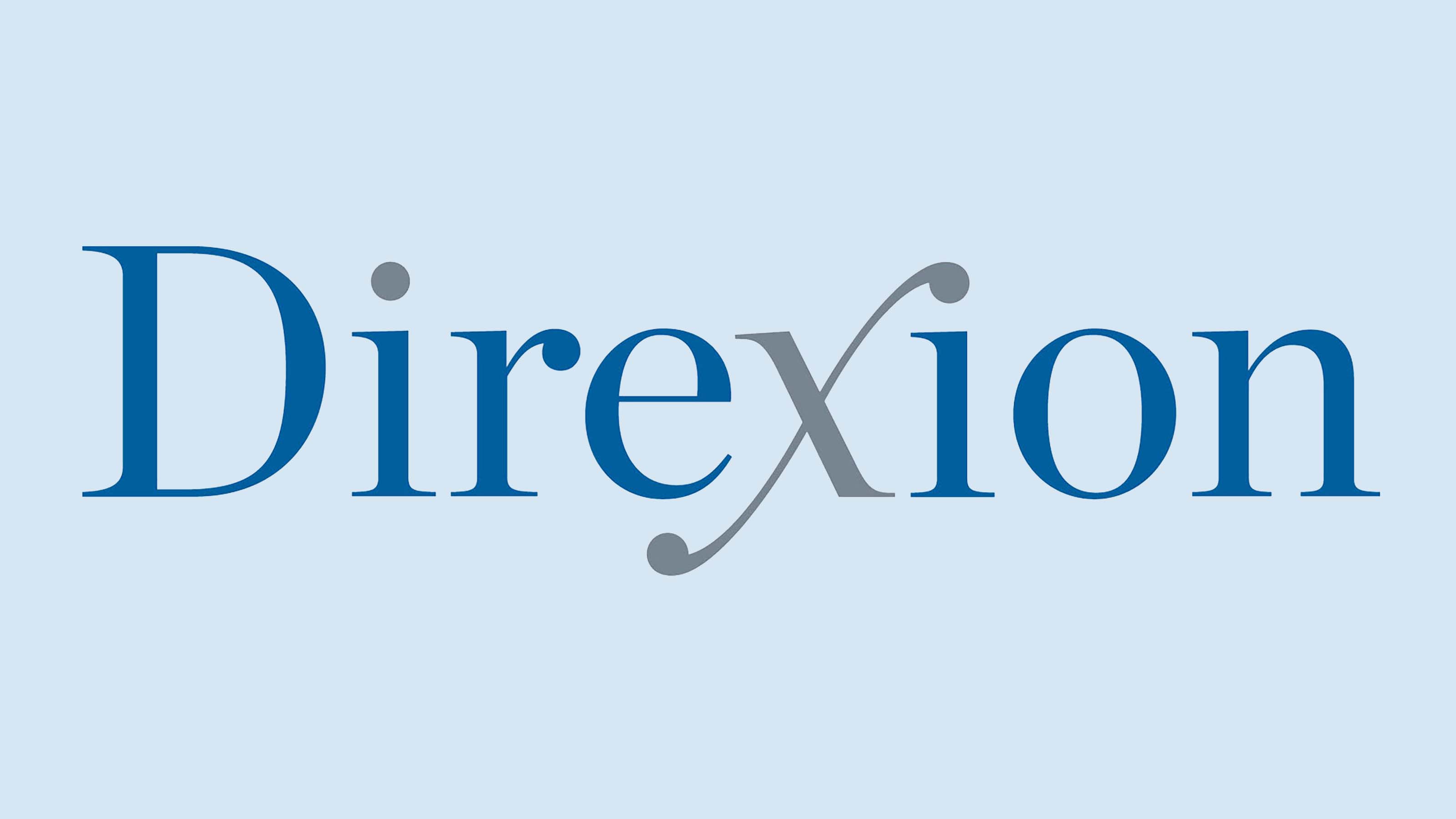
Direxion Daily S&P 500 Bull 3x Shares ETF
- Assets under management: $5.0 billion
- Expenses: 0.91%*
- Dividend yield: 0.7%
ETFs and other exchange-traded products (ETPs) are wildly popular among smaller investors in part because they provide easy access to investments that used to be too complex or costly.
However, the universe of ETPs out there operates under the same principles as anything on Wall Street. Two of those ideas are particularly important to call out before we discuss our next S&P 500 ETF:
- You shouldn't chase the crowd and should only invest based on your personal means and goals.
- You should never invest in any product unless you fully understand what you are getting into.
Disclaimers out of the way, let's talk about the Direxion Daily S&P 500 Bull 3x Shares ETF (SPXL, $170.53).
As the "3x" in the name indicates, this is a leveraged fund that seeks to deliver three times the daily performance of the S&P 500 Index (before its rather substantial fees, of course).
This strategy is attractive to some aggressive investors, and for good reason. SPXL surged more than 700% from the March 2020 bear-market bottom through the start of 2022 — significantly outperforming the broader index.
Although Direxion's ETF aims to triple the index's daily movement, longer-term performance can vary greatly in either direction.
But it should go without saying that while SPXL can generate outsized profits when things go well, you can lose just as much when the S&P 500 goes south.
And at a hefty 0.91% in fees, or $91 annually on every $10,000 invested, costs can hold back performance over the very long term, too.
We can't stress enough that leveraged funds such as SPXL are not meant for most individual investors who are primarily investing with an eye toward retirement.
They are meant for highly experienced tactical investors and day traders … and even then, they should be purchased in modest amounts.
* Includes 0.03% in acquired fund fees and other expenses
Learn more about SPXL at the Direxion provider site.
Related content
Get Kiplinger Today newsletter — free
Profit and prosper with the best of Kiplinger's advice on investing, taxes, retirement, personal finance and much more. Delivered daily. Enter your email in the box and click Sign Me Up.

Jeff Reeves writes about equity markets and exchange-traded funds for Kiplinger. A veteran journalist with extensive capital markets experience, Jeff has written about Wall Street and investing since 2008. His work has appeared in numerous respected finance outlets, including CNBC, the Fox Business Network, the Wall Street Journal digital network, USA Today and CNN Money.
-
 Trump’s Tax Cut Risks Your SNAP, Medicaid Benefits
Trump’s Tax Cut Risks Your SNAP, Medicaid BenefitsTax Cuts The GOP budget blueprint could slash lifesaving programs for millions of U.S. households.
By Gabriella Cruz-Martínez
-
 Can Trump Fire Powell? A Supreme Court Case Could Decide
Can Trump Fire Powell? A Supreme Court Case Could DecidePresidential posts threaten to overwhelm decades of precedent and tradition, whatever the nine justices decide.
By David Dittman
-
 Can Trump Fire Powell? A Supreme Court Case Could Decide
Can Trump Fire Powell? A Supreme Court Case Could DecidePresidential posts threaten to overwhelm decades of precedent and tradition, whatever the nine justices decide.
By David Dittman
-
 What Are AI Agents and What Can They Do for You?
What Are AI Agents and What Can They Do for You?AI agents promise to be the next big thing in artificial intelligence, but what exactly do they do?
By Tom Taulli
-
 Should You Buy an iPhone Now Before Tariffs Hit?
Should You Buy an iPhone Now Before Tariffs Hit?Looming tariffs can make an iPhone purchase seem urgent. Here's what to do if you need another phone but want to save money.
By Laura Gariepy
-
 SRI Redefined: Going Beyond Socially Responsible Investing
SRI Redefined: Going Beyond Socially Responsible InvestingNow that climate change has progressed to a changed climate, sustainable investing needs to evolve to address new demands of resilience and innovation.
By Peter Krull, CSRIC®
-
 Here's When a Lack of Credit Card Debt Can Cause You Problems
Here's When a Lack of Credit Card Debt Can Cause You ProblemsUsually, getting a new credit card can be difficult if you have too much card debt, but this bank customer ran into an issue because he had no debt at all.
By H. Dennis Beaver, Esq.
-
 33 Stocks That Could Rally 50% or More This Year
33 Stocks That Could Rally 50% or More This YearAnalysts say these S&P 500 stocks have at least 50% price upside over the next year or so.
By Dan Burrows
-
 Stock Market Today: Dow Drops 971 Points as Powell Pressure Ramps Up
Stock Market Today: Dow Drops 971 Points as Powell Pressure Ramps UpPresident Trump is increasing his attacks against Jerome Powell, insisting the Fed chair cut interest rates.
By Karee Venema
-
 When Should You Hand Over the Keys — to Your Investments?
When Should You Hand Over the Keys — to Your Investments?The secret to retirement planning? "The best time to hand over the keys is before you’ve realized you need to hand over the keys."
By Maurie Backman
